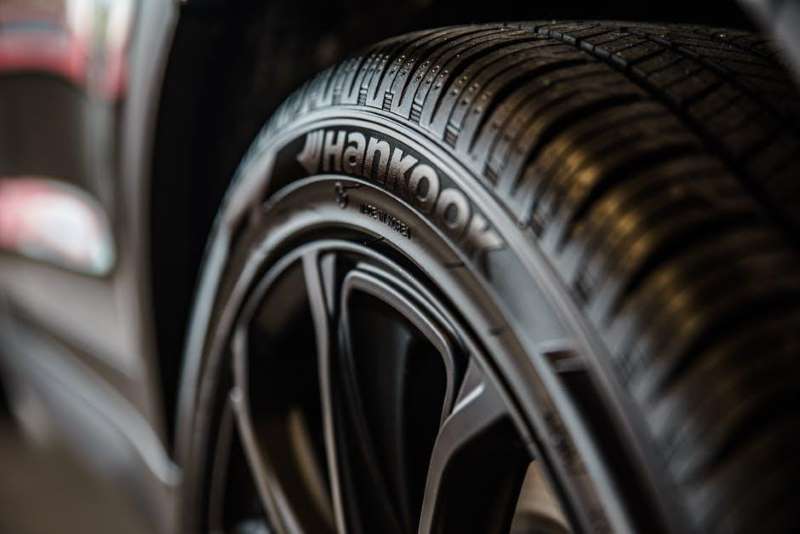 There are lots of reasons why you would want to change the wheels on your car. It could be the existing alloys are scratched and battered and you want to change them for new ones. Another good reason is that you may wish to improve the drive and performance of the vehicle.
There are lots of reasons why you would want to change the wheels on your car. It could be the existing alloys are scratched and battered and you want to change them for new ones. Another good reason is that you may wish to improve the drive and performance of the vehicle.
One of the most common reasons for changing the wheels is to give the vehicle your own custom stamp of style. Whatever your reason for changing the wheels, understanding wheel offset is vital to making the change successful. If you don’t understand wheel offset you could unwittingly create some serious problems for your vehicle.
Most people think about the look of new wheels and do not give wheel offset a second thought. That is a mistake you do not need to make because in this article we’re going to break down what wheel offset is and why it matters.
What Is Wheel Offset?
Each wheel of your vehicle occupies a space under your car. That space is encased above and to the sides by the bodywork of the vehicle. We can refer to the encasing as the inner and out fender of the vehicle.
The wheel itself must fit within this space and be unhindered in any way so that it does not rub or cause any friction against any of those surfaces. The wheel attaches to the wheel mounting which itself is connected to the suspension arm. On the back wheels, the wheel mountings (and the wheels when attached) move in the vertical plane, whereas the front wheels are much more dynamic due to the steering mechanism.
The position of the wheel mounting in the space described above is what creates the wheel offset designed for that vehicle. The space around the wheel mounting is referred to as the backspace and is generally evenly distributed around the wheel mounting.
That said, the design of the wheel itself can change the offset and so it’s important to understand that, and the potential impact on vehicle stability and performance.
Zero Offset
This is when the wheel mounting is in the center of the space described above and lined up with the centerline of the fitted wheel. Standard wheels that come with a new car straight from the manufacturer will likely have a zero offset. This offset position is likely the safest and most stable given its load capacity and performance limitations.
Positive Offset
This is when the mounting plate of the wheel itself is closer to the outer side of the vehicle when compared with the centerline of the wheel. This makes the metalwork and alloys of the wheels more flush with the bodywork. A positive offset may make the car look more sporty.
That said, there are limits as to what is compatible with your vehicle. If you select wheels with a positive offset that’s too great for the backspace of your wheel then it’s likely the wheel will catch and rub on surfaces within the backspace such as the fender.
Negative Offset
This is the opposite of the above. The mounting plate of the wheel is closer to the inner side of the vehicle when compared with the centerline of the wheel.
Some people prefer the style of negative offset and others feel that the visual focus goes to the tires and alloys more in this setup. That may be desirable if you’re using meaty oversized wheels and custom alloys.
What Difference Does it Make?
It can make all the difference and that’s why it is good you’re reading this article. Put simply, there are physical limits as to how positive or negative the offset can be given the space the wheel will occupy. Those limits are governed not only by the size of the backspace but also the alignment of the wheel mounting.
Assuming you’re changing your wheels and the subsequent offset is compatible with your vehicle, then you can also expect there will be an effect on the drive and performance of the vehicle.
As a general rule, as you adjust the offset, the stance of the vehicle changes and can look more aggressive and even shift the center of gravity. You may also need to think about lowering the vehicle so as to optimize its stability.
However, too much positive offset will put the tires at risk of failure and may also interfere with the brakes. In contrast, too much negative offset can decrease the handling of the vehicle and create a damaging strain on the suspension system. Under some conditions, you can also get a steering wheel kickback which can make handling the vehicle dangerous.
Can I change the Offset?
Yes, you can by adding wheel spacers. These basically reduce the positive offset and push the outer edge of the wheel beyond the fender so that the wheel is more exposed. This method, of course, has its limits as well.
If you really want new wheels that reflect your identity but are also properly fitted to the backspace available you should consider complete customs.
Help Understanding Wheel Offset
In this article, you have seen the importance of understanding wheel offset. Without this knowledge, you could easily select new wheels based on their looks alone and they could end up being damaging or even dangerous on your vehicle.
It’s wise to seek advice from a professional before buying your new wheels so that you know exactly what you should be looking for. Check out other great articles on our site that fit with your lifestyle.




